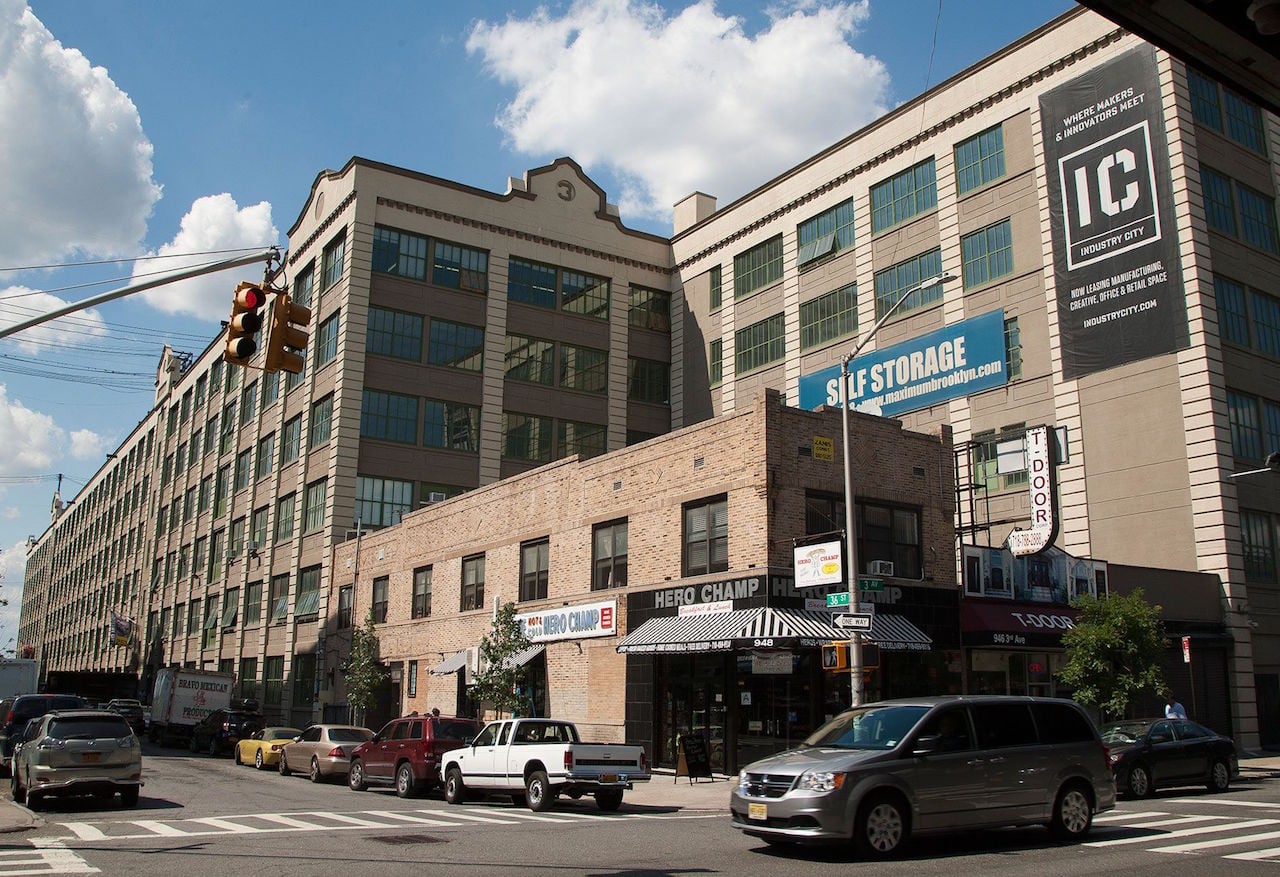
At first, you might think the announcement that MakerBot has abandoned a huge space used for production might be a bad thing. But I think not.
First the details of the event: apparently MakerBot has bailed out of a big chunk of space previously used for production – that is, manufacturing MakerBots in Brooklyn. According to a report on Crain’s, the production space at Industry City peaked at 225,000 square feet, but now is 65,000 square feet less, a drop of about 30%. Further, the company has vacated another 25,000 square feet, but not dropped the lease, leaving about 60% of the original size still “in production”.
One might think such a move indicates dire futures for the Brooklyn-based company, but really it’s another move to put the company on good footings that makes sense.
The growth of the production space was likely tied to overly-optimistic notions of Replicator 5th Gen machines that drove the company’s plans and Stratasys acquisition in late 2013 and 2014.
They bought more than required.
Now they are setting things right by sizing the facility to a more appropriate level, just as they’ve fixed up other aspects of the company we’ve previously noted.
The Crain’s story also speculates on whether the downsizing may portend the shift of MakerBot manufacturing to Asia, but I have a hard time believing that will happen, as it is a complex matter to do so – consider the case of Solidoodle, a former Brooklyn-based 3D printer company, who attempted to move their manufacturing to Asia and eventually collapsed due to unexpected challenges in doing so.
Think of MakerBot’s move in this way: they got rid of some unnecessary expenses that will at the least make them more able to survive and thrive in the future. That’s good for MakerBot users, too.
Via Crain’s NY

